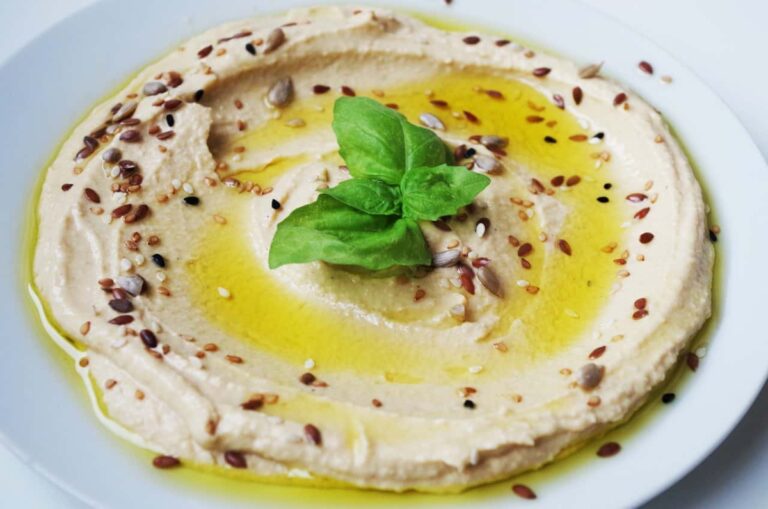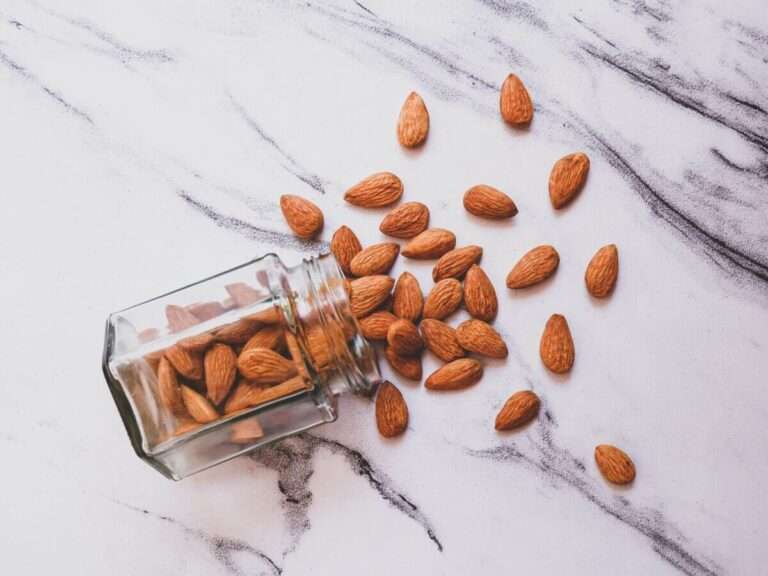Cheddar cheese 101- free professional insights
Did you know that cheddar cheese was first mentioned in writing in the 12th century?
- The cheese was named after the town of Cheddar, which is located in Somerset, in the southwestern region of England. Caverns may be found in Cheddar Gorge, which is located on the outskirts of the settlement. These caves provide the perfect amount of dampness and maintain a consistent temperature for the cheese to mature in.
- The cheese was named after the town of Cheddar, which is located in Somerset, in the southwestern region of England. Caverns may be found in Cheddar Gorge, which is located on the outskirts of the settlement. These caves provide the perfect amount of dampness and maintain a consistent temperature for the cheese to mature in.
- There were more than 3,500 cheese makers in Britain before World War I, but, following World War II, there were fewer than 100 cheese producers left. As a part of wartime economics and rationing, the majority of the milk produced in Britain during World War II and for the almost ten years that followed was used for the production of a single kind of cheese that was given the moniker “Government Cheddar.” Because of this, the nation came perilously close to losing its ability to produce any cheese at all.
- Within the European Union, there is no legal protection for the use of the word “cheddar cheese,” notwithstanding its widespread use. The term “West Country Farmhouse Cheddar” may legally be used for only cheddar that was made from local milk and was produced in one of four counties in the South West of England.

Cheddar cheese nutrition values and health benefits
- Cheddar cheese, like many other types of dairy products, has a high calcium content. Calcium is an essential mineral that not only contributes to the development of strong bones but also helps the blood clot and performs a number of other critical tasks. Additionally, cheddar may be an excellent provider of iron, vitamin A, and vitamin K.
- There is a phenomenon called the full-fat dairy paradox that is flipping this assumption about cheese causing weight gain on its head. This paradox proves that cheese does not cause weight gain, despite what you may have heard. According to recent findings, eliminating the fat from dairy products may actually make them more likely to promote weight gain; thus, consuming dairy products in their full-fat form is the best option for managing one’s weight.
- After consuming full-fat cheese, research participants were much more successful in bringing their cholesterol levels down than those who had reduced-fat cheese or butter. This was true for both overall levels as well as LDL cholesterol, also known as “bad” cholesterol. Researchers attribute this impact to something called the “cheese matrix,” which is a notion that describes the structure of proteins and calcium in cheese and how it gives a number of health advantages.
- On the ketogenic diet, you’re in luck if you’re playing around with your macronutrient ratios. This high-fat eating plan allows for the consumption of cheddar cheese due to the significant amount of fat that it contains. Cheddar is an excellent addition to any low-carb diet since it contains no carbs.
- Calcium is one of the most essential elements for improving bone health, and an excellent supply of calcium may be found in cheddar cheese. Those who consume a calcium-dense diet on a regular basis have a reduced risk of developing osteoporosis. Additionally, the vitamin K included in cheddar cheese contributes significantly to the vital job of strengthening bone health.
- Not all cheeses are made equal when it comes to the amount of lactose that they contain. Cheddar is one of the tougher, older cheeses that is really relatively low in lactose. This means that lactose intolerant individuals are often able to consume it without experiencing any unfavourable symptoms such as bloating, stomach distress, or gas after doing so.
- Although brushing and flossing your teeth twice a day every day are essential to maintaining good dental health, nutrition is also very important. Cheese, as opposed to sugary treats, for a snack may be beneficial in preventing cavities.
- In a study that looked at the relationship between dairy products and oral health, researchers found that individuals who had cheddar cheese had significantly higher pH levels in their mouths compared to those who consumed sugar-free yoghurt or milk. Cavities are more likely to form in teeth with a low ph.
- Casein, a kind of protein found in cheese, may cause an allergic reaction in certain individuals. Inflammation throughout the body, rashes, acne, headaches, and congestion in the sinuses are among symptoms that may be brought on by an allergic response to this drug.
- Cheese may also cause an adverse response in those who are lactose intolerant, since lactose is a substance that exists naturally in cheese. The inability to digest lactose may cause a variety of unpleasant side effects, including bloating, diarrhoea, and gas. If you have never been tested for these sensitivities, you should discuss them with either your primary care physician or a dietitian.
- There are an increasing number of options available that are substitutes for cheese. For those who cannot digest lactose, cheese produced from nuts such as almonds or cashews is a good option. However, if you consume such cheeses, you may want to be careful about the amount of salt that has been added to them.
- If you are concerned about the amount of fat that you are consuming, you may want to consider switching to fat-free cheese. Eating low-fat cheese may help you lose weight because your body burns more fat when it has adequate calcium. This is due to the fact that your body burns more fat when it has enough calcium.
100g of cheddar cheese has 402 calories (1680kj), 25g protein, 33g fat, and 1.5g carbs including 0g fibre.

How to store cheddar cheese and how to buy them
- It is not a good idea to store cheese that has been vacuum-sealed in plastic wrap by leaving it in the original wrapper. It suffocates the cheese and may give the cheese a taste similar to that of plastic. To keep the slice of cheese, first carefully remove it from its wrapping, then take it out of the package.
- Cheese paper, wax paper, or parchment paper may be used to wrap it up. Rip off a piece of paper and place it face down on the surface of the counter. Position the cheese block, unwrapped, in the middle of the plate. As if you were wrapping a gift, fold the paper so that it encases the cheese and then crease the folds to make the paper rest flush against the cheese. Check that the cheese is thoroughly encased in the sauce.
- You may store the cheese for up to one month in a drawer in the refrigerator. It does not make a difference which drawer the cheese is stored in, so long as it is kept in a drawer and not on a shelf to keep it fresh. Because drawers are warmer and have greater humidity, cheese stored in them will not get dry. You should toss it out after around 8 days, or sooner if you detect an odour. Cheeses with a higher moisture content tend to spoil more quickly.
- It is advised that you put cheese in the freezer if you want to retain it for an extended period of time. If you are skilled in the production of cheddar cheese, you can create it in large quantities, freeze it, and then keep it for an extended period of time.
- Hard cheeses and semi-hard cheeses benefit the most from being frozen throughout the storage process. If you freeze it, you can keep the taste of the cheese intact as well as its freshness.
- However, cheese’s texture may be altered if it were to be frozen, as scientists have warned. After being placed in the freezer, the cheese would develop a crunchier texture.
- To get started, gently wrap the cheese pieces in plastic wrap. You may do the same procedure using plastic wrap, aluminium foil, or freezer paper if you want. The cheeses that have been wrapped are to be put inside the freezer bag, and after that, they are to be placed inside the freezer.
- Adjust the temperature in the freezer so that it reads 0 degrees. The cheese that has been frozen has a shelf life of anywhere between six months and a year when kept properly.
- That wraps up the discussion on freezing and keeping cheese for an extended period of time. If you are familiar with the process of making cheddar cheese at home, it is recommended that you only prepare the cheese in sufficient amounts when it is really required.
- There is no way that frozen cheese can ever live up to the standards set by freshly produced cheese. Even if you are not familiar with the process of making cheddar cheese, there are a few straightforward recipes that you can try out at home.
- Examining the “sell-by” or “best-by” date on a block of cheddar cheese isn’t always the most reliable method for determining whether or not the cheese has gone bad. Keep in mind that the use-by dates printed on products these days are more of an advisory than anything else. They provide a wonderful guideline to follow, but there are a few things you’re going to want to do to make sure that your cheddar cheese is actually starting to go bad before you throw it away.
- Beginning with a visual examination is the first step. If you start to see mouldy patches or stains that range from green to blue on the slice of cheese and you can’t explain them, the chances are quite strong that the cheese is beginning to “turn.”
- It’s possible that if you cut and carve those spots and stains out of the cheese, you can keep the cheese for a little while longer. The remainder (should) still be safe to consume, provided that none of the additional components that we call out in the following sentence are present.
- If you start to detect an odd stench coming out of your cheddar cheese, the kind of odour that signifies spoiling, the odds are quite strong that the cheese has begun to go bad (and your nose is giving you a tip as to precisely what is happening).
- However, you do need to use some caution while doing the “touch test.” This should be seen as a hint that things are beginning to head in an undesirable direction rather than as the ultimate arbiter of whether or not your cheese is still safe to consume at this point in time.
- If you’ve noticed that your block of cheddar cheese doesn’t feel quite right in your hand, doesn’t have the same amount of resistance when you slice it, or feels either extremely dry and hard or excessively mushy and sticky, it’s likely that you’ll want to chip in and get a different block.

Cooking techniques, secrets, and tips from the kitchen
- Cheddar cheese has a wide range of applications. Due to the ease with which this cheese melts, sliced cheddar is an excellent choice for use in burgers and sandwiches. Additionally, shredded cheddar works well when melted into dishes such as macaroni and cheese and baked potatoes. You could also eat cheddar at room temperature or cold on its own, or you could combine it with fruit like apples or grapes for a snack that combines salty and sweet flavours.
- The United States of America is known for its love of cheese, and cheddar may be found in a wide variety of foods, including cheeseburgers, grilled cheese sandwiches, nachos, macaroni and cheese, and many dishes that are based on pasta or potatoes. Fans of chilli can’t fathom eating a bowl of the dish without a sprinkle of shredded cheddar on top. A traditional dish from the countryside is a hot piece of apple pie accompanied by a chunk of strong cheddar cheese.
- Aside from the things you consume on a daily basis, a wonderful pairing for cheddar is a strong red wine such as pinot noir or cabernet sauvignon with extremely sharp cheese, and a dry white wine such as chardonnay or merlot with mild cheddar.
- Did you know that cheese can be made into a chip that is crispy? Take some shredded cheddar cheese and arrange it in little piles on a baking sheet that has been covered with parchment paper. Bake the cheese crisps in an oven preheated to 425 degrees for six to ten minutes, or until the bubbling in the cheese stops. After the crisps have had time to cool, they may be served. For an additional layer of flavour, sprinkle the crisps with smoky paprika or chopped herbs.
- You may make nacho cheese sauce that is much superior to the one that comes in a jar by using cheddar cheese.
- In a saucepan, combine the butter and flour; bring to a boil. Continue boiling the mixture until the raw taste of the flour is gone.
- After adding the milk, bring the mixture up to a boil and whisk it periodically to prevent any flour lumps from forming.
- Reduce the temperature, then whisk in some shredded cheddar cheese, a sprinkle of cayenne pepper, and continue doing this until the cheese has melted completely.
- If you want to make homemade nachos, you may either serve the sauce as a dip or pour it over the chips and top them with sliced avocado, sliced jalapenos, and beans.
- Make homemade macaroni and cheese using white cheddar cheese that is superior to that which comes in a box. Create a cheese sauce in a large saucepan using butter, flour, milk, cheddar cheese, and Manchego cheese. Season the sauce with garlic powder, chipotle powder, and black pepper. Shells of cooked pasta or another kind of small-shaped pasta may be added here, and the mixture should be stirred to incorporate.
- This traditional soup has broccoli that has been dressed up with cheddar cheese.
- Make a roux by first sautéing onions and butter in a large stockpot, then adding flour to the mixture.
- After adding the milk and chicken stock to the roux, whisk the mixture to eliminate any lumps that may have formed.
- After the mixture has had a chance to slightly thicken, stir in the chopped broccoli.
- Remove the soup from the heat once the broccoli has been cooked through to the desired tenderness, and then toss in the shredded cheddar.

History of cheddar cheese from the beginning until today
- Most cheese enthusiasts love or respect cheddar. In the US, it’s second only to mozzarella. How did cheddar become one of the most beloved cheeses for centuries?
- Cheddar dates back to 12th-century Somerset, England. Cheddar Village, its namesake, has gorges and caves where farmers kept milk cold. A milkmaid left a bucket of milk in a cave, creating cheddar. When she returned, the milk had solidified into the golden sweetness we cherish today.
- Soon, English kings liked it. King Henry II bought 10,240 pounds of cheddar in 1170 and called it England’s greatest cheese. His son, King John, bought cheddar for royal feasts. King Charles I pre-ordered his wheels (a necessary step at the time, considering the great demand for cheddar), while Queen Victoria got a mammoth wheel of the aged cheese as a wedding present.
- Although cheddar originated in England, it spread over the globe in the 19th century. By 1790, British colonists in America started exporting cheddar to Britain.
- Mid-19th-century America and Britain modernised. Joseph Harding, the “father of cheddar cheese,” used science to create repeatable ways of making this wheel. According to The Oxford Companion to Cheese, he scalded curds to make cheddar smooth. He also improved the cheese mill, which shreds curds (a key step in making cheddar).
- In 1851, the world’s first cheddar factory started in upstate New York. This large-scale manufacturing of cheddar was successful, efficient, and lucrative. Britain, which was late to the manufacturing game, imported most of its products.
- Today, cheddar is a popular cheese in English-speaking countries. Clothbound or waxed, coloured or natural, aged a few months or a few years, cheddar will remain a timeless favourite.







